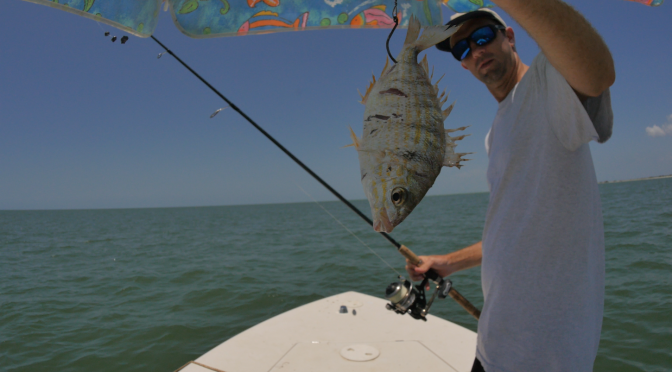Let’s start this product review by taking a look at the evidence used to show the Sharkbanz product and the claim, which is that this magnetic wristband “really works” at “deterring sharks.” A claim stated using “scientific evidence.”
First, I’ll start by mentioning that the research article shown in the video is not a research article about the product, the bracelet. The research is instead about using magnets to deter sharks from shark nets. This is only partially misleading, because while the actual product is not being tested in the research shown, a magnet probably similar to the product inside the bracelet was shown to be a predictor as a deterrent from shark net entanglement.
Now let’s move on to the “experimentally designed” product testing. Some of these terms may be somewhat unfamiliar to you, so I’ll do my best to explain them.
Let’s start by examining basic components of an experiment. An experiment should contain an independent variable and a dependent variable. It should have something in the experiment that is manipulated (the bracelet) and a variable that is measured (the occurrence of a shark bite). You also want to eliminate any sources of biases in an experiment so you can ensure that the variable in question (the bracelet) is truly the only thing in the environment that could be impacting the outcome (the occurrence of a shark bite). We also have control variables, things held constant through the experiment(the meat in the foot of Bernie). They are held constant to ensure the outcome is in fact caused by the independent variable. This is how an experiment would generally be designed, with these components in mind.
There are also different types of experimental designs. In this design we are looking at a within-subjects design. The experimenter used the same subject(sharks) in the different conditions. The same sharks are being used in different conditions of the experiment, rather than different sharks being used in different conditions.
The actual design is inconsistent with proper scientific design. It is a mixing of a within-subjects design and a between-subjects design, although in actuality it is most like a case study. In a within-subjects design, you wouldn’t typically consider there to be a control group. You would instead have comparison conditions, or different levels of the independent variable, and you wouldn’t have a control (no treatment) condition. If they were different sharks in the different conditions then the second condition would be called the control group, and given no IV. It would have been interesting to see different levels of the IV, if things like the colors of the bracelet, or the plastic associated with the magnet were impacting the sharks likelihood of biting the foot. It would have been useful to see a placebo control group, basically a bracelet without the magnet in it.
Something else that comes into question is the range of the Sharkbanz bracelet. If the magnetic force is what is impacting the sharks likelihood of biting the foot in the first phase, then it seems from the video that the actual range of the magnetic force isn’t very wide. That means that the sharks are only impacted by the magnetic force within about a food or two of the actual bracelet. Would the shark be deterred from biting your hand, approximately four feet away, and even more interesting, if we start talking about a larger shark, how easy or likely would it be for a big shark to divert the attack? Would a larger shark even be impacted by the same size magnet?
And unfortunately, the primary flaw in this design, the one that allows me to conclusively say that this “experiment” can be completely thrown out the window, is that there is a massive confound. It is a confound introduced during the first phase of the design, the chumming. Chumming the water is a good way to move a school of sharks into a feeding frenzy. In a feeding frenzy sharks are far less likely to discern from things they normally wouldn’t eat. Introducing chumming near the end of the first phase, right before the second phase is a very good way to ruin the results of your experiment.
So, the question whether or not this experiment has been effective is clear. This design was ineffective for properly testing the bracelet as a shark repellent. The overall internal validity of the experiment is sorely lacking. And the clarity of the water gives this experiment low generalizability. I would recommend the boys over at Sharkbanz try again with a better design. It is just too difficult to determine the bracelet’s effectiveness based on the evidence in the video. Overall, I would give this product a 2 out of 10, and I wouldn’t recommend it for anything.
